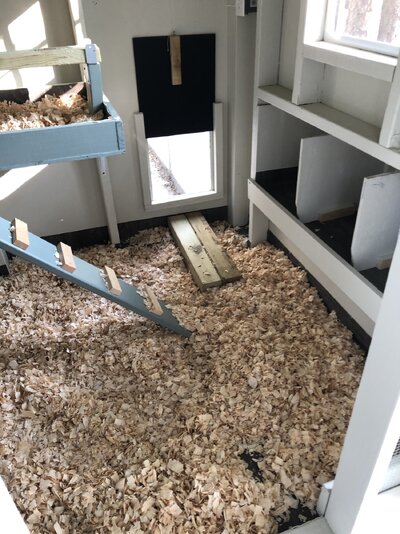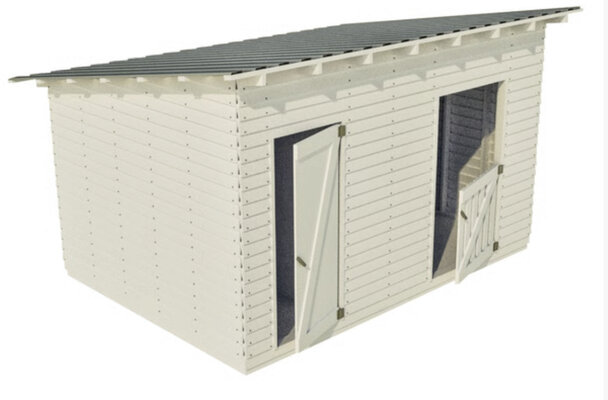Dinosaur Village Keeper
Songster
That must be what our difference is! I have 27 chickens and they just got a bale apart today. It lasted a year and then they had a field day for the entire day.Not all bales are created equal. Commercial and high-end balers use very tight plastic ribbon (rather than the blue or orange baling twine) that holds the bale together until those ribbons are cut, and these bales are much more dense. Your homemade straw or hay bale (the ones we amateurs make at the farm) are much looser and come apart much more quickly.
The commercial bales are very dense and heavy - 70 lbs. here. The less dense ones about 35.






